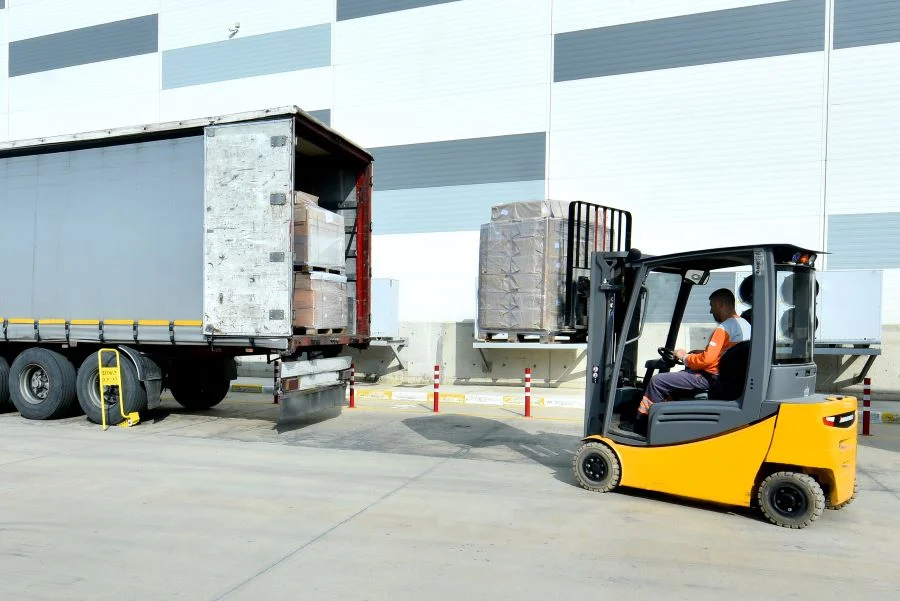Introduction
In the fast-paced world of logistics and supply chain management, cross-docking has emerged as a game-changing strategy. But what exactly is it? Cross docking is a logistics procedure where products from a supplier or manufacturing plant are distributed directly to customers with little to no storage time, bypassing the traditional warehousing process. It’s like a relay race where the baton smoothly transitions from one hand to another, ensuring seamless flow and swift delivery. Let’s delve into why your business should consider this approach.
Cost and Time Efficiency
The first and foremost advantage of cross docking is its potential for significant cost and time savings. By streamlining operations, it minimizes handling and storage costs, as products don’t need to be stored for long periods. This process also reduces labor costs associated with traditional warehousing tasks like picking, packing, and storing goods. Moreover, it speeds up delivery times, making your supply chain leaner and more efficient.
Reduced Storage Needs
Imagine the simplicity and cost savings of not having to store every product in your inventory. With cross docking, this becomes a reality. Since products are immediately transferred from inbound to outbound transportation, the need for long-term storage is eliminated. This optimal use of warehouse space can lead to substantial cost savings on storage, maintenance, and inventory holding.
Improved Customer Satisfaction
In today’s highly competitive market, customer satisfaction is paramount. Cross docking can play a pivotal role in elevating your customer’s experience. By enabling faster order fulfillment and reducing delivery times, it ensures your customers receive their orders swiftly and efficiently. This quick turnaround time can significantly enhance customer satisfaction and loyalty.
Challenges and Solutions
Like any strategic change, implementing cross-docking comes with challenges. These include integrating it with existing systems, managing inventory effectively, and ensuring seamless collaboration with suppliers. However, with careful planning and execution, these hurdles can be overcome. Employing advanced logistics software can facilitate integration, while real-time inventory management systems can help monitor and control stock levels. Regular communication and collaboration with suppliers are also essential to ensure a smooth transition to this new approach.
Speed to Market
In today’s fast-paced business environment, speed to market is crucial. Cross docking accelerates product availability, enabling businesses to meet customer demands promptly. This agility not only enhances customer satisfaction but also gives businesses a competitive edge in the market.
Conclusion
In conclusion, cross-docking offers a multitude of benefits for businesses and customers alike. With its potential to enhance cost and time efficiency, reduce storage needs, improve customer satisfaction, and accelerate speed to market, it’s a strategy worth considering for any business seeking to optimize their supply chain.
Your Cross-Docking Partner
Ready to explore cross docking for your business? Look no further than Maxtran. Our cross-dock network enables you to manage fluctuating customer demand, move products quickly to market, lower costs, and increase inventory turnover. We ensure your goods are distributed with little to no storage time, allowing you to meet your customers’ demands and improve your bottom line. Our services are also beneficial for companies looking to nearshore their operations. Discover how Maxtran can make your logistics operations Ever Better. Fill out a simple form, and we’ll gladly explain the details.

